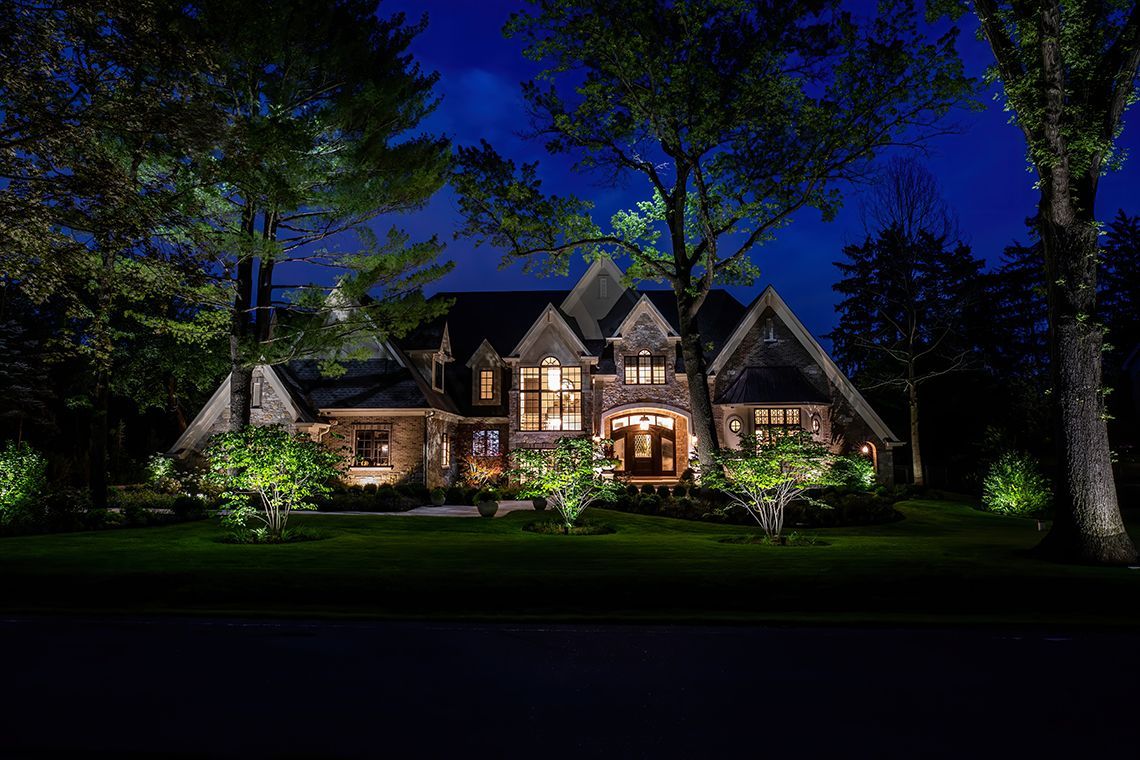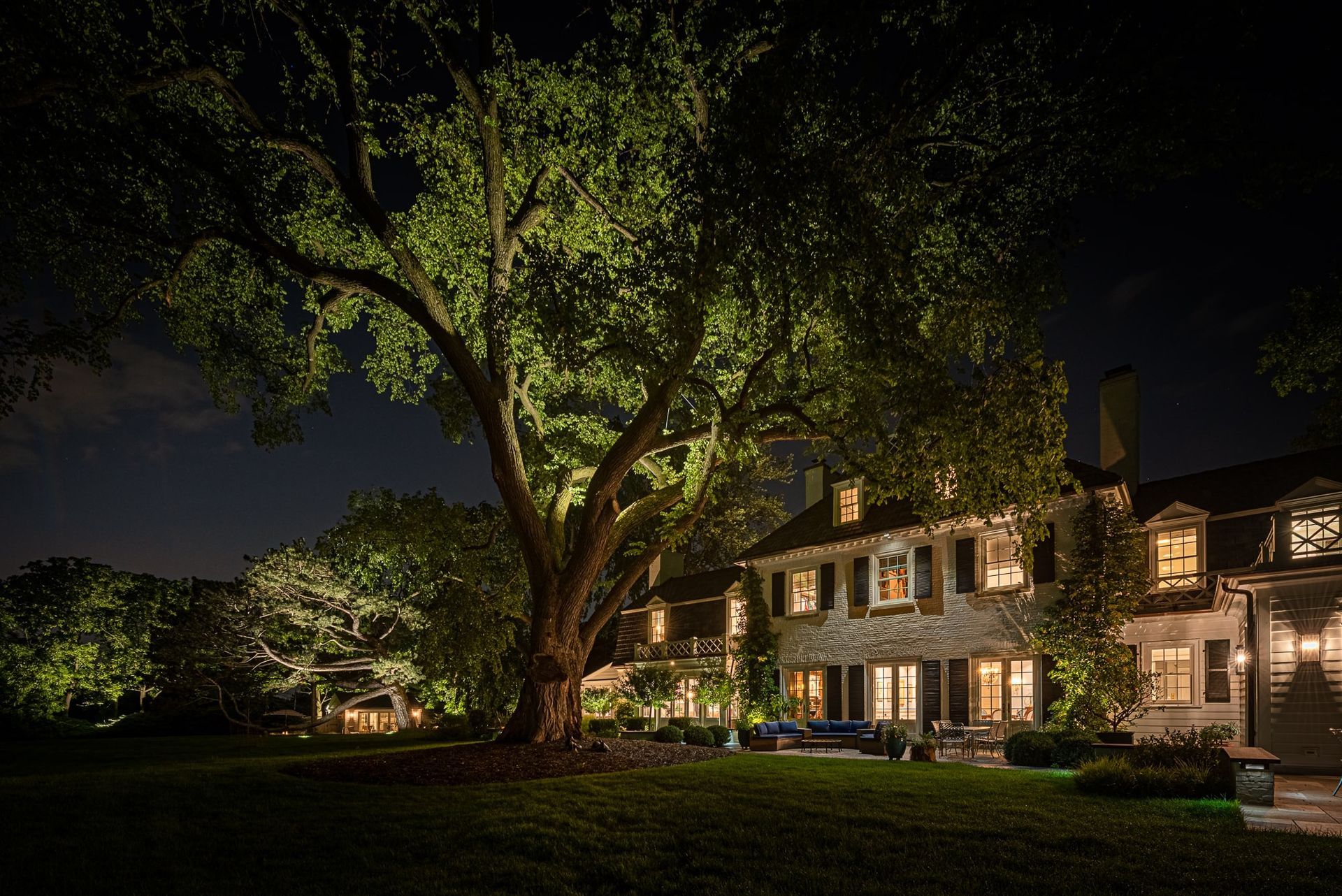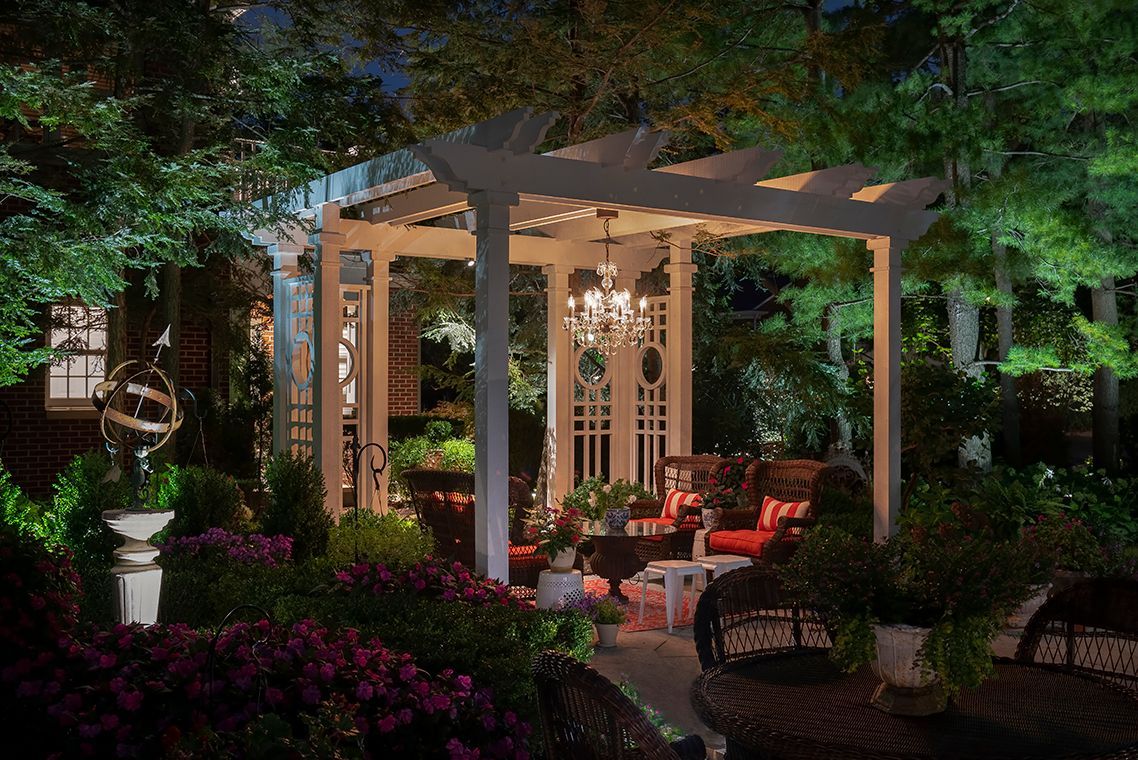Dusk Delight
Request A Quote
Imagine your vision brought to life with precision and care. Ready to make it happen? Reach out today for a personalized quote—because every detail matters, and we’re here to ensure your project shines. Let’s get started!





